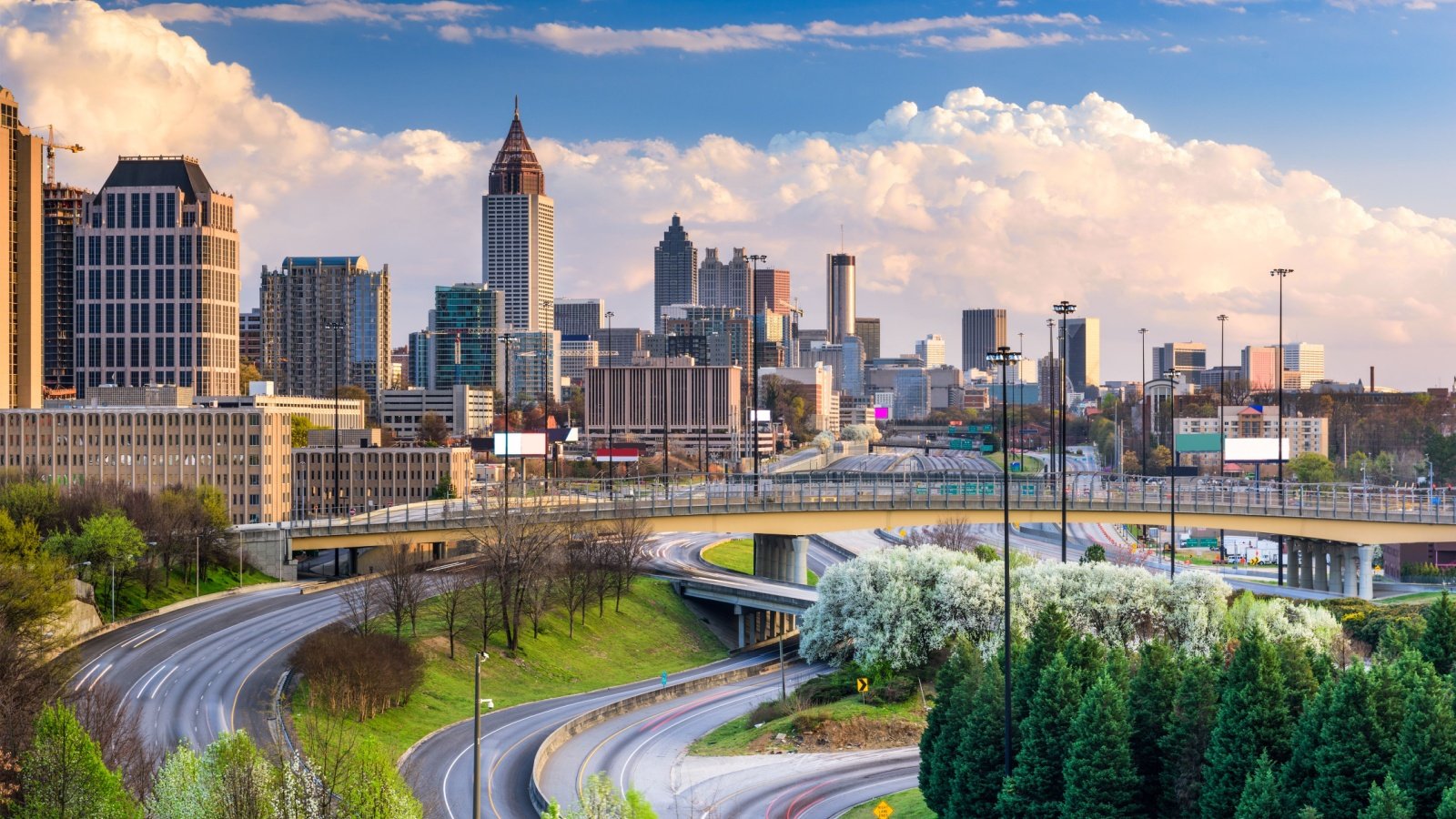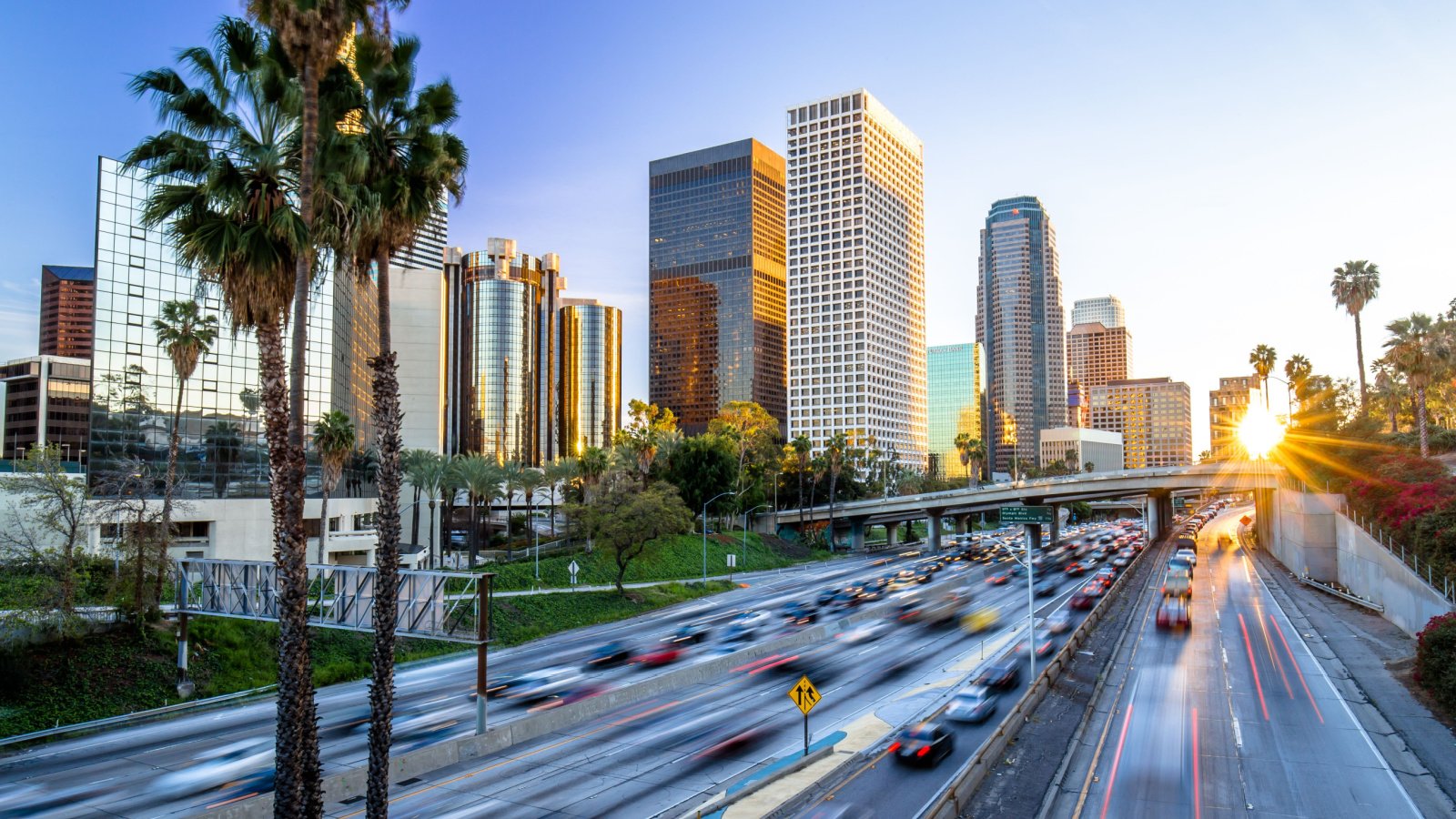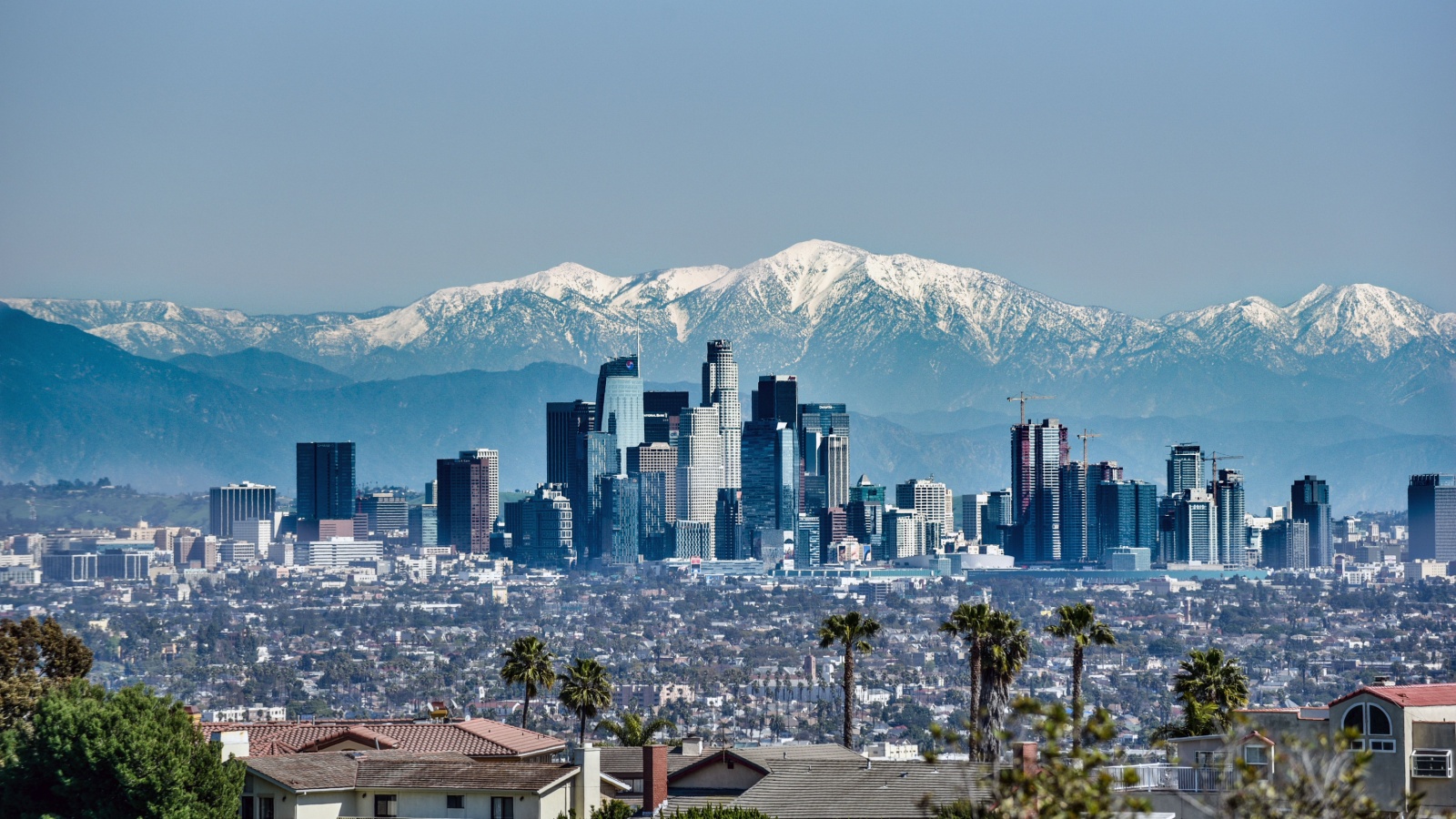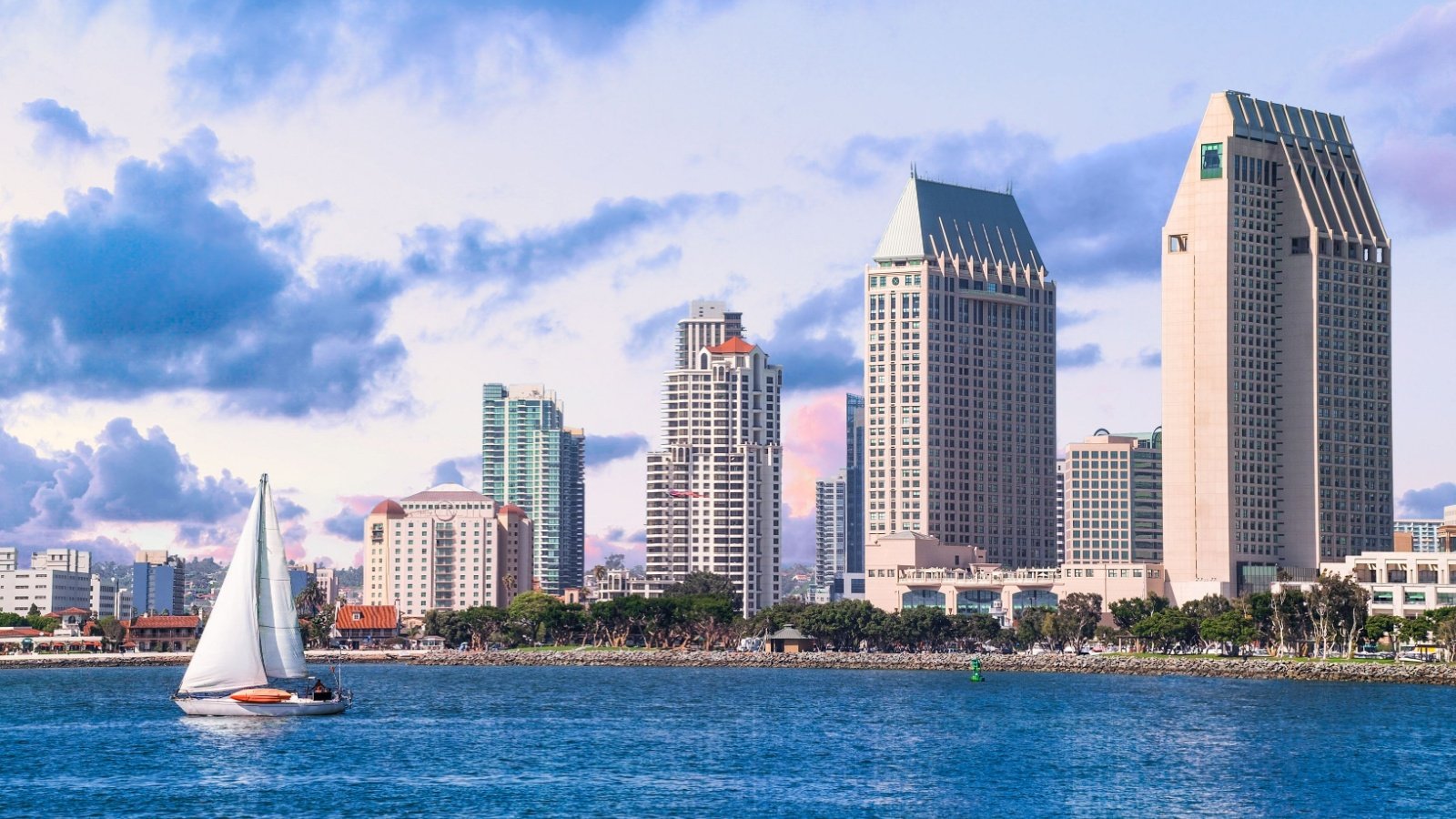Blaze Pizza is the latest company to flee California’s high taxes, relocating its headquarters to Atlanta. The move highlights the ongoing exodus of businesses from the Golden State. Meanwhile, California’s new minimum wage law prompts fast-food chains to cut jobs and hike prices.
Blaze Pizza Moves Headquarters to Atlanta

A popular pizza chain is leaving California to dodge high taxes and cut costs. Blaze Pizza is relocating its headquarters from Pasadena to Atlanta, slashing its state corporate tax rate by more than a third.
National Expansion for Blaze Pizza

With 330 restaurants in 38 states and six countries, Blaze Pizza sees the move as a catalyst for the next growth phase. The relocation comes amid widespread job cuts by fast-food chains in California.
Minimum Wage Hikes Hit Fast-Food Chains

California’s recent minimum wage hike to $20 an hour has led to significant job losses in the fast-food sector. Nearly 10,000 positions have been eliminated across chains like Pizza Hut and Burger King since April.
Exodus from California

Businesses are fleeing California to avoid high taxes. Recent corporate departures include Neutrogena moving to New Jersey and QuickFee to Texas.
Blaze Pizza Employees Remain Unaffected

Blaze Pizza has assured that its 7,500 restaurant-level employees will not be affected by the move. A small number of the 60 corporate employees are being offered relocation opportunities.
Minimum Wage Law Controversy

Fast-food chains have been closing restaurants across California due to the minimum wage controversy. Rubio’s Coastal Grill filed for Chapter 11 bankruptcy, shuttering 48 locations in the state.
Impact on Businesses

The California Business and Industrial Alliance criticized Governor Gavin Newsom for pushing the law. Businesses have been forced to raise prices, cut jobs, and sometimes close locations.
Public Response to Wage Increase

An advertisement in USA Today highlighted the impact of the wage increase, featuring mock “obituaries” of popular brands. The advert underscored the challenges faced by both small and large fast-food chains.
Corporate Adjustments

Companies are adjusting by raising prices and reducing staff to manage labor costs. Some, like a McDonald’s franchisee, are even considering reducing store hours and delaying renovations.
Preparing for Financial Impact

Even before the law was official, chains like Pizza Hut and Round Table were cutting delivery jobs. The law mandates a $20 minimum wage for fast-food workers at chains with more than 60 locations in the US.
Significant Wage Increase

The new law raises the minimum wage for fast-food workers by 25% from the standard $16-an-hour in California, which was implemented in January.
Federal Minimum Wage Stagnation

Nationally, the minimum wage remains unchanged at $7.25-an-hour for decades, leaving states to wage their own battles. The so-called “wage wars” are now being fought at the state level, with significant variations across the country.
California Businesses Under Pressure

California businesses face mounting challenges due to state laws. Tom Manzo, president of the California Business and Industrial Alliance, criticized the state’s approach, stating that businesses are selling, relocating, or shutting down.
Fantasyland Economics

Manzo argues that drastic wage increases won’t benefit workers or businesses. He pointed out that consumers are unlikely to pay exorbitant prices, like $20 for a Big Mac, due to these wage hikes.
Newsom’s Justification for Wage Law

Governor Gavin Newsom, a Democrat, defended the new law as a step towards fairer wages and better working conditions. He emphasized that it aims to give fast-food workers a stronger voice and improved training.
Critics Warn of Automation

Republican critics argue that the wage hike will lead to more automation in fast-food chains. They claim workers will be replaced by self-checkouts and robotic cooks, reducing employment opportunities.
Accelerated Automation Plans

Burger King franchisee Harsh Ghai announced plans to install digital kiosks in all 140 of his West Coast locations within two months. Originally, he intended to roll out these kiosks over the next five to ten years, but the wage hike accelerated his plans.








